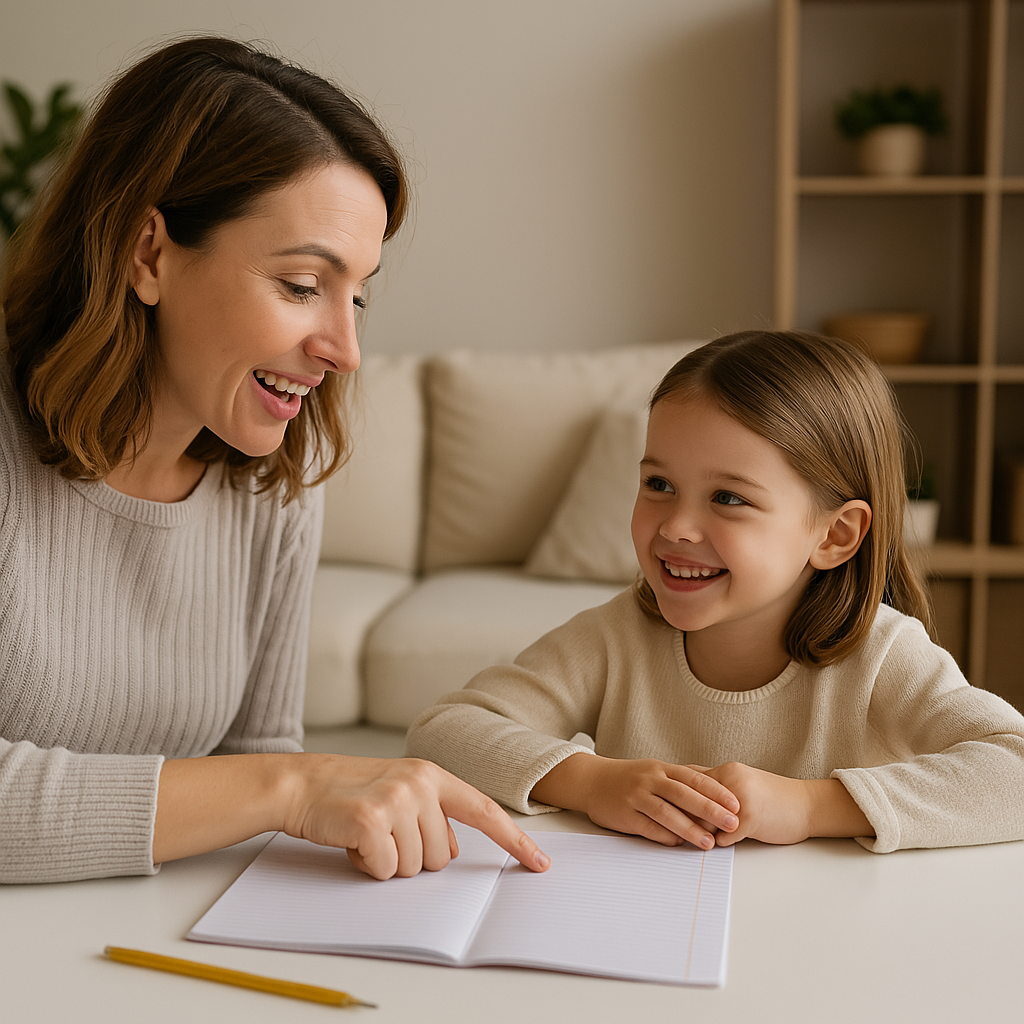In early childhood, emotions can be big, unpredictable, and overwhelming. Children don’t always have the tools or language to manage frustration, disappointment, or overstimulation. That’s where a calm-down corner comes in — a simple, nurturing space designed to help little ones learn emotional regulation in a safe and loving environment.
Unlike punishment or time-outs, a calm-down corner promotes self-awareness, self-regulation, and a healthy response to emotions. It empowers children to take a break, reflect, and return to play when they’re ready.
Here’s everything you need to know to create one at home.
What Is a Calm-Down Corner?
A calm-down corner is a designated space in your home where children can go when they’re feeling overwhelmed, upset, or out of balance. It’s not a place for punishment — it’s a positive tool that teaches coping strategies.
The goal is to help your child:
- Pause and recognize their emotions
- Use calming tools to self-regulate
- Feel supported, not shamed
- Build emotional resilience
Why It’s Important for Young Children
Between the ages of 2 and 6, children are still learning how to manage emotions. A calm-down corner supports this process by:
- Encouraging independence and self-soothing
- Teaching them that all emotions are valid
- Providing a safe outlet for big feelings
- Reducing tantrums and emotional outbursts over time
When children learn that it’s okay to feel angry, sad, or overstimulated — and that they can manage those feelings — they build lifelong emotional strength.
Choosing the Right Spot in Your Home
You don’t need a separate room. Any quiet and cozy corner will work — in the living room, bedroom, or even a hallway.
Look for a spot that is:
- Away from noisy distractions
- Not associated with punishment
- Easy for the child to access independently
- Safe and supervised
Tip: A small tent, a floor cushion, or a corner behind a bookshelf can become the perfect hideaway.
What to Include in a Calm-Down Corner
The space should be warm, inviting, and stocked with tools that promote comfort and self-regulation. Here are some ideas to include:
Soft Elements
- Floor pillows, bean bags, or a soft mat
- A cozy blanket
- A favorite stuffed animal or comfort toy
Sensory Tools
- Stress balls or sensory bottles
- Fidget toys or textured fabrics
- Calm-down jars (glitter and water in a sealed bottle)
Visual Aids
- Emotion cards or faces that name feelings
- A small mirror (to reflect facial expressions)
- A feelings chart: “I feel ___ because ___.”
Calming Activities
- Picture books about emotions
- Crayons and coloring pages
- Bubble wand or pinwheel (great for breathing exercises)
- Quiet music (use a small speaker or white noise machine)
Optional Extras
- An hourglass or sand timer
- A small “Calm Down Guide” with 2–3 steps to follow
- A visual routine or poster: “Breathe. Hug. Relax.”
Let your child help choose what goes in — they’ll feel more connected and likely to use the space.
How to Introduce It to Your Child
Before you need it, show your child the calm-down corner and explain what it’s for:
“This is your special space to rest and feel better when you’re upset or need a break.”
Practice using it during calm moments first. You can even role-play: “Let’s pretend I’m feeling frustrated. I’m going to sit here and take deep breaths.”
Avoid sending your child there in the heat of the moment without support. Instead, offer it as a choice:
“Would you like to take a moment in your calm corner?”
“Let’s go to your special space and take some breaths together.”
Consistency and empathy are key.
Responding to Resistance
Some children might resist the idea at first — and that’s okay.
Here’s how to gently support them:
- Stay nearby and offer calm companionship
- Let them bring a favorite item to the space
- Use gentle language: “This is not a punishment, it’s a way to help you feel better.”
Over time, many children begin to use the space on their own, even before a meltdown happens.
The Benefits Over Time
With regular use, a calm-down corner helps children:
- Recognize their emotions earlier
- Learn positive coping skills
- Feel safer and more secure in their responses
- Build emotional vocabulary
- Reduce length and intensity of tantrums
It’s not just about calming down in the moment — it’s about building internal tools they’ll use for life.
When to Use the Calm-Down Corner
Here are common situations where the space can help:
- After a disagreement or conflict
- When overstimulated (too much noise or activity)
- Before or after transitions (like leaving the house or bedtime)
- When feeling sad, anxious, or frustrated
It’s also great as a preventative strategy — a quick visit before emotions boil over can help avoid a full meltdown.
Creating a Routine Around Emotional Breaks
Make the calm-down corner part of your child’s everyday rhythm. For example:
- Use it after playdates to decompress
- Offer it as a tool before transitions
- Visit it before bedtime to wind down
By normalizing emotional check-ins, you’re teaching your child to value self-care and self-awareness — essential skills for healthy emotional development.
Final Thoughts
A calm-down corner is more than a quiet space — it’s a message to your child that says:
🧡 “Your feelings are safe here.”
🧡 “You are supported, not punished.”
🧡 “You are learning and growing every day.”
By offering this space with patience and consistency, you’re giving your child a gift that lasts far beyond early childhood — the gift of emotional resilience.
